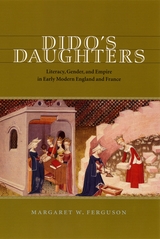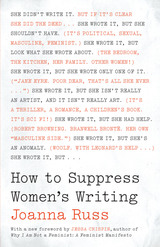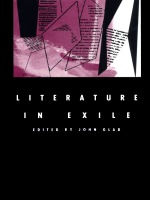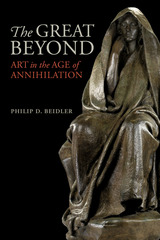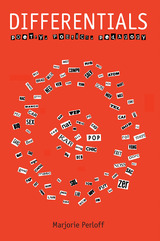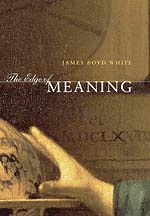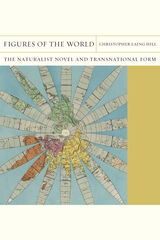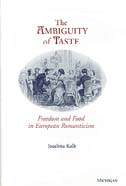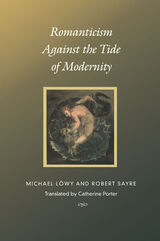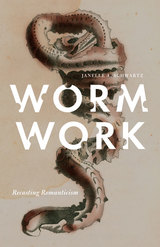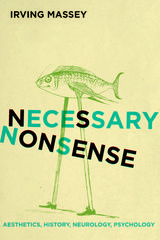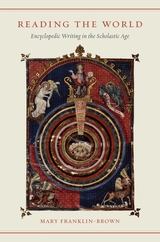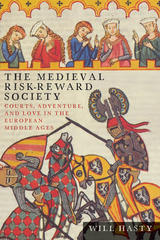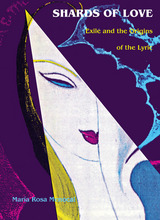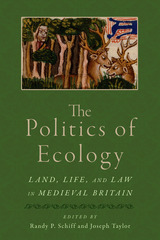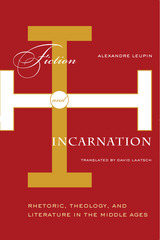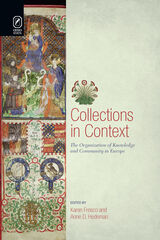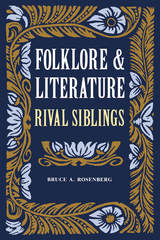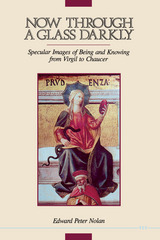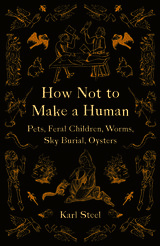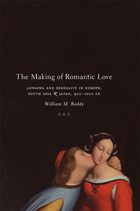In the first of these essays, Charles Rosen is discussing whether there can be any such thing as a definitive edition of a work of modern literature...His essay takes in a new edition of La Comedie Humaine, Jerome J. McGann's edition of Byron's poetical works and two new books on Wordsworth, but has an even broader agenda than that: the distinction between a definitive edition of an ancient work--a matter of getting it right--and the multiple demands of modern ones, starting as early as Montaigne's marginal entries in his late-16th century essays, in which he observes that 'I am myself the matter of my book'...The piece, like its fellows, will delight the bookish, and the writing is always crisp, salted and peppered with throwaways like 'authors are often no worse than any one else at correcting their works.' That essay kicks off this collection of 10 written over the past 20 or so years...Mr. Rosen's attitude in the book is to see modern works of art, literature and music--by modern meaning that they date from the late-18th century or later--as moving rather than fixed targets...The essay on Walter Benjamin is the book's longest one and a tour de force...The discussion of the problematic nature of criticism and art history in the modern world goes to the heart of Mr. Rosen's critical outlook, first distinguishing between formalist and biographical or historical forms of criticism, then recombining them in the Benjaminesque notion of the work of art in history as a beauty-filled ruin...This [is a] volume of delights.
-- Colin Walters Washington Times
Charles Rosen's Romantic Poets, Critics, and Other Madmen, a collection of essays published between 1973 and 1993, makes one feel better about the supposedly dire state of letters in the United States. If Rosen could write, the New York Review of Books publish, and thousands of readers follow these subtle, wide-ranging occasional pieces, we are living not in a leaden but a golden age of criticism--one that resembles the early 19th century which is Rosen's primary focus in this book...Rosen's range of reading, in German, French, and English; his artistic sensitivity to poetry, fiction, painting, and music; and his undogmatic philosophical shrewdness all make Romantic Poets, Critics, and Other Madmen a touchstone of sorts. It is the work of a...worthy successor to the many figures of genius he so sympathetically honors in this book.
-- Reed Woodhouse Boston Book Review
[An] engaging new book, Romantic Poets, Critics, and Other Madmen [is] a collection of long review-essays reprinted from the New York Review of Books and other journals...Rosen is an exact and delicate critic, but never pedantic...[His essays are] pondered, subtle, and humane, and--often--triumphantly right.
-- P. N. Furbank Times Literary Supplement
Great writers about music are exceedingly uncommon--and those who have the deep insights of a world-class musician even more so. Charles Rosen is a prime example of that rare breed, as he is not only the author of such classic texts as The Classical Style and The Romantic Generation but a pianist of considerable accomplishment. From the '50s (when he was the first to record all of the Debussy Etudes) to more recent years (which have seen discs of Beethoven and Elliott Carter), Rosen has been an artist of impact and integrity in the studio. And even with an exhausting tour schedule--which still finds the 71-year-old New Yorker jetting to Europe on a couple days' notice--Rosen finds time to publish writings on music that set the bar imposingly high in terms of lucidity of style, intellectual reach, and sheer musicality. Rosen's newest book, Romantic Poets, Critics, and Other Madmen, finds him investigating the art and ethos of the Romantic era, including typically insightful material on Schumann and the music criticism of George Bernard Shaw.
-- Bradley Bambarger Billboard
This latest book, demonstrates Rosen's astonishing range of cultural reference--but also the essential coherence of his project, a coherence rooted in the aesthetic ideas of such German Romantics as Novalis and the Schlegels...All these essays have their roots in the often-pooh-poohed music and thinking of German Romanticism, but in every one of them, Rosen's wonderful critical intelligence is attuned to the dialogue between the work and its modern interpreters...Rosen is a great persuader.
-- Hugh Haughton The Observer [London]
Criticism figures as a subject for Rosen partly because of Romanticism's elevation of it as an art form--paradoxically, by questioning the possibility of objectivity and by blurring the boundaries. Reviewing a book of reviews is not, therefore, as terminally postmodern as it might seem. Those critics whom Rosen clearly admires, and on whom he writes so well--George Bernard Shaw, Walter Benjamin and Empson--certainly lay claim to art in the vitality of their writing and the complexity of their thought.
-- Gordon Kerry Australian Review of Books
In an era of specialists, Charles Rosen, who is equally conversant with the music, literature, and art of the Romantic period, belongs to a dying breed, or at least an increasingly endangered species--the plain-speaking polymath. Unlike the general run of academic sectarians, Rosen dips into his vast store of erudition not primarily to display fancy plumage but always to genuinely illuminate some murky cultural corner. Romantic Poets, Critics, and Other Madmen serves up 10 of his essays, each in its way splendid...[It is] entertaining, incisive, and irremediably sane...If you wish to compliment the good taste and intelligence of a friend with literary interests, you would not go wrong by giving him or her a copy of this book.
-- Haim Chertok Jerusalem Post
It is rare to find a critic who allies passion with precision, enthusiasm with intelligence, who is a masterly close reader yet can take a synoptic view that pulls together and unifies large areas of experience. Charles Rosen is such a critic...[In Romantic Poets, Critics, and Other Madmen] Rosen explores such themes as madness in poets, the possibility of definitive texts, the religious revival in early Romanticism, critics William Empson on intention and Walter Benjamin on the autonomy of art, and the practice of journalistic reviewing (in a splendid appreciation of Shaw's music reviews)...Rosen's style is so elegant, his manner so convivial, that any reader for whom a critical response to art is nearly as vital as the experience of art itself should find these essays engaging...When a critic can help us like this in our relationships to our favorite works of art, simple gratitude is, if not a sufficient, at least a necessary response.
-- Paul Seydor San Francisco Chronicle and Examiner
A quarter-century's worth of trenchant thinking on Romantic culture from celebrated pianist/musicologist/critic Rosen...These pieces test contemporary scholarship's vision of great Romantic artists from a variety of nations and fields...Rosen's superb essay on the difficult but rewarding Benjamin remains quite sharp 20 years after its original publication...Especially remarkable, perhaps, is the tone of intellectual generosity that infuses Rosen's essays--as much as his Romantic avatars, he has a sure touch in uniting thought and expression to expand the worlds of his audience's experience.
-- Kirkus Reviews

